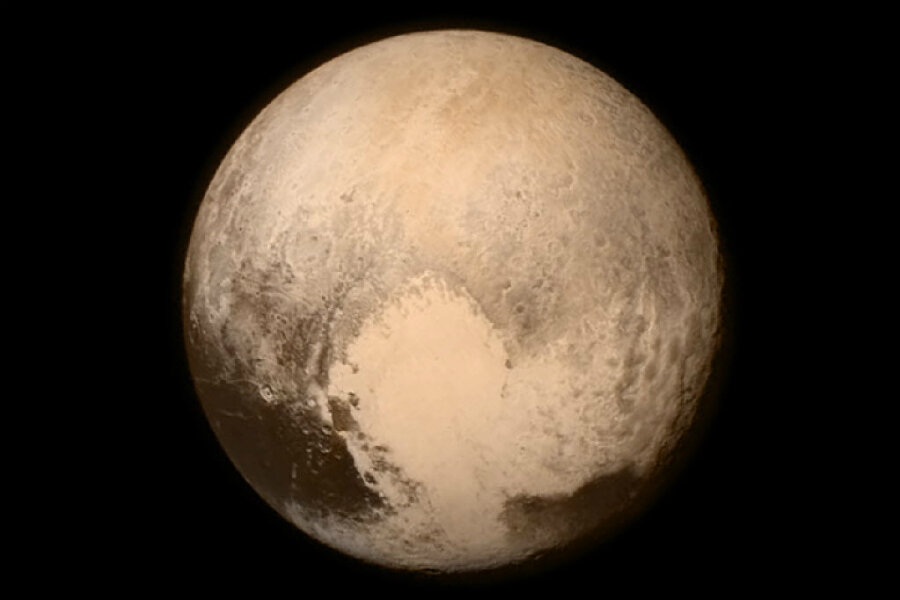How New Horizons forever changed our view of Pluto
Loading...
While Pluto may not have full planet status anymore, it has captivated scientists for over a year, as a steady stream of new data has allowed scientists to piece together a more complete portrait.
Fifteen months after NASA’s New Horizons mission flew through the Pluto system, the final images and bits of data have finally finished transferring back to Earth, revealing previously unknown insights into the distant dwarf planet and its moons.
"This is what we came for – these images, spectra, and other data types that are going to help us understand the origin and the evolution of the Pluto system for the first time," New Horizons principal investigator Alan Stern said told Universe Today. "We’re seeing that Pluto is a scientific wonderland. The images have been just magical. It’s breathtaking."
The 50 gigabytes of data from the Pluto mission have been trickling back to Earth since September 2015. With only one chance to fly by the planet, New Horizons mission collected as much data as it could, selecting the highest quality images to send back to Earth, according to the Johns Hopkins Applied Physics Laboratory (APL).
Three billion miles from Earth, with minimal power to spare on a journey that began 10 years ago, the New Horizons mission can only transmit between one and four kilobits of data per second. But scientists agree that the results have been worth the wait.
The New Horizons operations manager, Alice Bowman, described the data as a pot of gold, while project scientist Hal Weaver marveled at how far forward the mission's findings will take the study of Pluto.
"It’s strange to think that only a year ago, we still had no real idea of what the Pluto system was like," Dr. Weaver said in a NASA press release. "But it didn’t take long for us to realize Pluto was something special, and like nothing we ever could have expected. We’ve been astounded by the beauty and complexity of Pluto and its moons and we’re excited about the discoveries still to come."
Among many startling discoveries, the New Horizons revealed that much of what scientists thought they knew about the dwarf planet was inaccurate. For one thing, Pluto’s atmosphere is blue and its atmospheric escape rate was much lower than expected. With a heightened ability to hold onto its atmosphere, the potential for standing liquids to exist on the surface increases.
Previously, liquid-friendly conditions were only known to exist on Earth, Mars, and Titan (Saturn’s largest moon).
Much of the data that New Horizons collected came from Pluto’s five moons. By analyzing the surface craters on each moon, scientists determined that all of the moons are the same age, which gives credence to the theory that they formed when Pluto collided with another large object in the Kuiper Belt.
The largest of Pluto’s moons, Charon, has a red polar cap unlike anything else in the solar system. Dr. Stern, the New Horizons PI, theorizes that it was caused by atmospheric gases from Pluto building up on the surface of the moon.
Other data pointed to the presence of a water-ice ocean on Charon, in its distant past, and a similar ocean on Pluto that may still exist.
The mass of data from New Horizons will require further investigation and research before a complete picture of Pluto will emerge. These discoveries are only the beginning.
Once the Bowman’s team conducts a final data verification test, the records onboard New Horizons will be deleted to make room for new data from the spacecraft's ongoing travels, as it heads on an extended mission through the Kuiper Belt – a swath of the solar system with countless comets and asteroids.
"There’s a great deal of work ahead for us to understand the 400-plus scientific observations that have all been sent to Earth," Stern told Universe Today. "And that’s exactly what we’re going to do. After all, who knows when the next data from a spacecraft visiting Pluto will be sent?"








